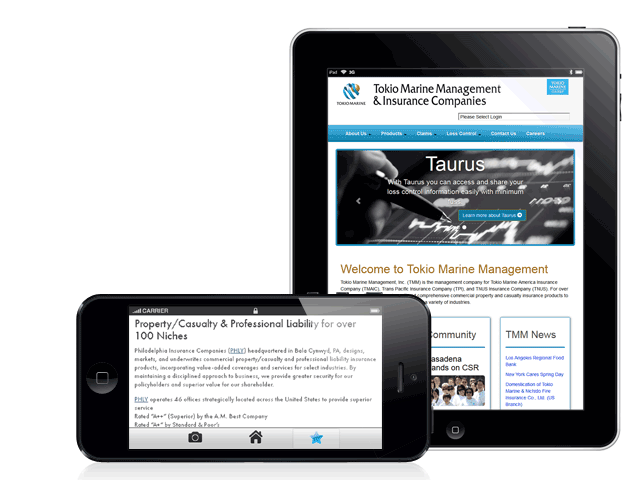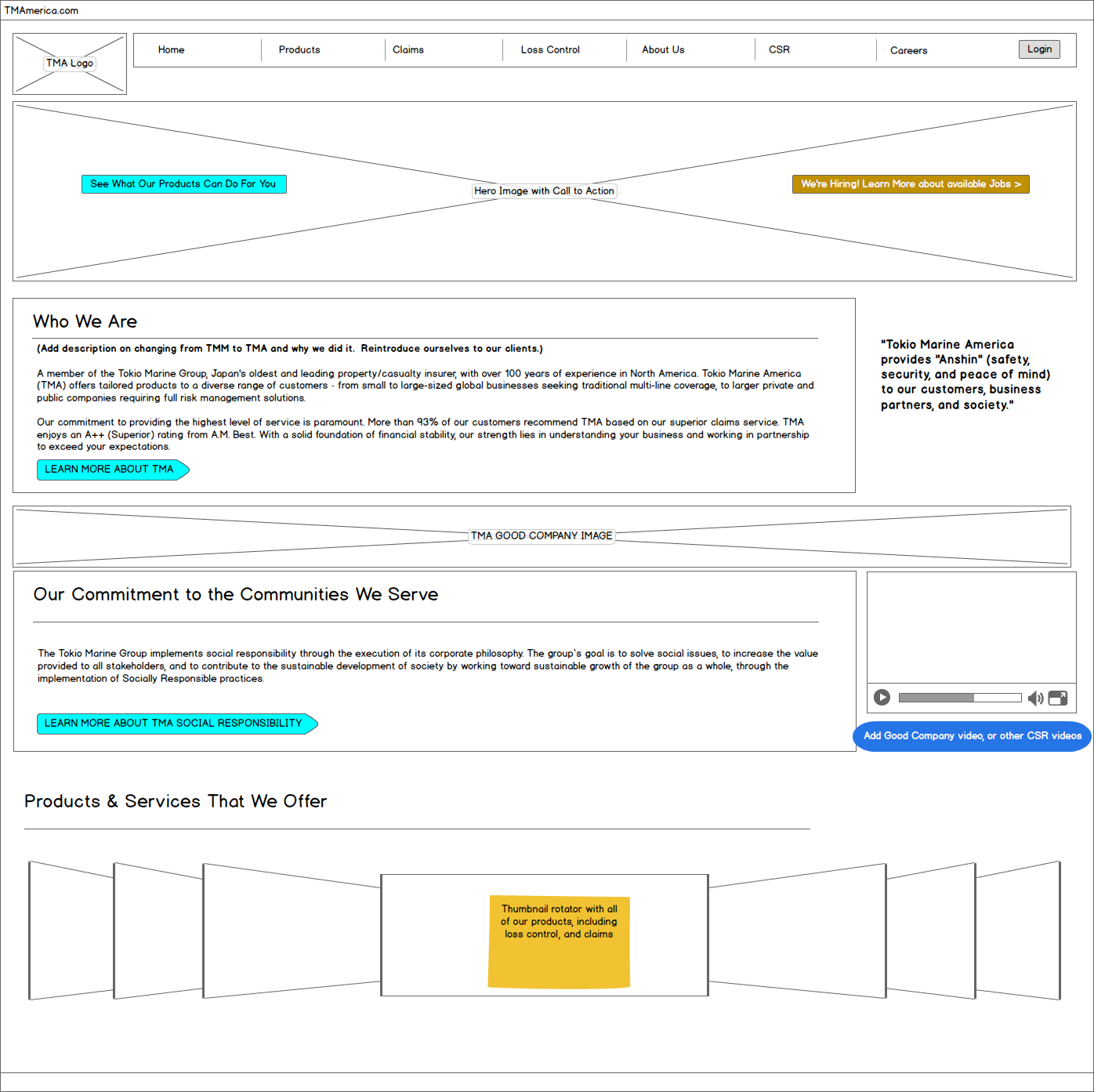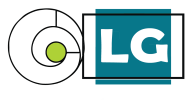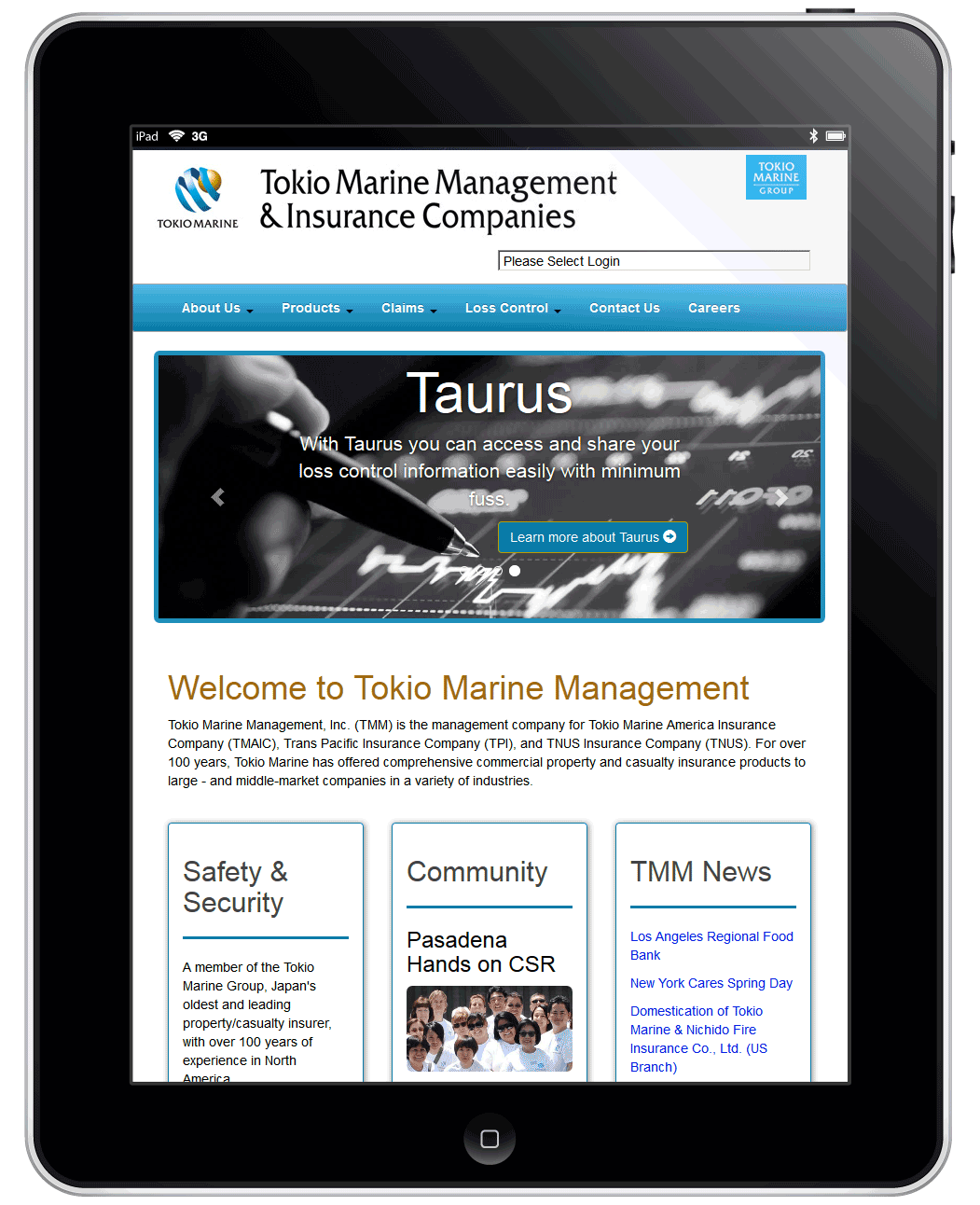In 2016, Tokio Marine America (TMA) announced that they were changing their name and their branding. They wanted to maintain the relationships with their Japanese customers in the U.S. while expanding their services to more American businesses.
I was part of a project to redesign the TMA customer experience for an American audience.
I have omitted confidential information in this case study. All information in this case study is my own and does not necessarily reflect the views of TMA.
My Role
Developer
Website
Who are they?
That is exactly what most of their potential clients were asking themselves.
Tokio Marine America (TMA), is a commercial property and casualty insurer for large- and middle-market companies and a U.S. subsidiary of Tokio Marine Holdings in Japan.
The majority of their clients are Japanese companies who are doing business in the U.S.


What Was Delivered
The Challenge
New Name. New Direction.
Our goal for the project was to change the direction of TMA’s marketing and branding efforts. First up was to change their name from Tokio Marine Management to Tokio Marine America (TMA).
Our high level goals were to:
- Introduce the new company name and modernize the branding.
- Generate sales leads.
Lack of Brand Awareness
People were struggling to learn about who TMA was as a company and global citizen. The information out there at the time was unorganized and muddled. The company prides itself on their “Good Company” values, and yet those values were not being showcased.
If people within the insurance business were having difficulty determining who TMA were, what about the insurance buyer who doesn’t know the jargon of the business?
“People were struggling to learn about who TMA was as a company and global citizen.”
Kickoff
Rewriting. Redesigning.
At the kick off meeting for the project, I learned that the graphic designer had already created a visual design with mockups that were approved by the TMA stakeholders. Requirements had to be completely rewritten due to the fact that they forgot about mobile experiences. Not a great start.

Preliminary Research
I was able to gather current data from Google Analytics, interviewed customer service reps, and gathered feedback from current clients. Based on the research that I did, I was able to create customer journeys for the company section of the site. Once my findings were presented to the TMA stakeholders, they made their additions known. At that point the requirements for the project were adjusted to include the new mappings.
Deeper Insights
Working backwards from Best Case
We were given a hard launch date of September 2016, and had to work backwards from there. One of the challenges involved working with teammates who have English as a second language and a completely different work style. It required that I adjust my communication style to meet those needs.

TMA stakeholders kept throwing additional scope creep into our court like one of those tennis ball throwing machines. After dodging a few hits, I came up with a plan to work with them and control the creep. Some items were pushed to phase 2 due to budget constraints.
How do we get where we want to go?

Before I could jump into designing, it was important to define success.
Three primary questions informed my design strategy:
- How do you design for insurance agents and the regular Joe?
- What circumstances need to be considered?
- What’s the best case scenario?


